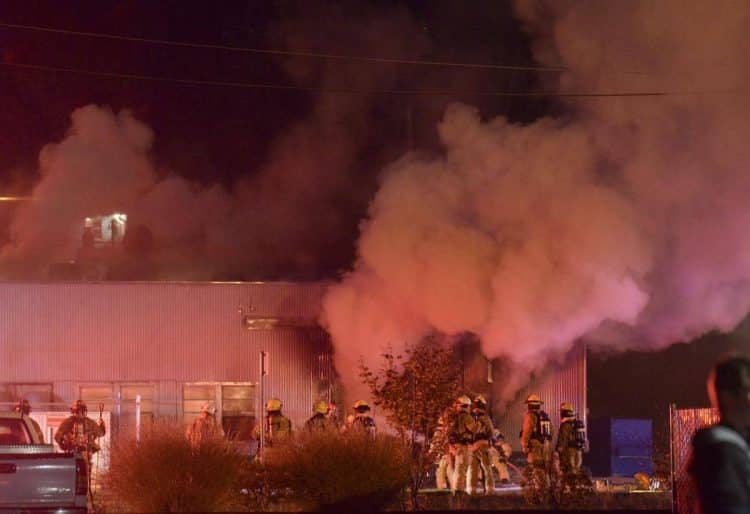Cannabis extraction still conjures up some explosive images, but now that the industry is progressing by leaps and bounds, such connotations will hopefully be eradicated soon. To make a step in that direction, we have compiled a list of extraction safety best practices which fall in a few different categories.
Fire
To avoid fire and explosions, which usually strike the most fear, you should always keep the fire triangle in mind, which outlines the three conditions that all need to be present in order for a fire to break out – oxygen, fuel and ignition sources.
Vapors are usually the fuel source in our scenario, so the most universal precaution method is the implementation of a proper ventilation system like the installation of a vented hood to suck the vapors out.
Keeping the equipment and processes enclosed (closed-loop) is a viable way to stay clear of ignition sources.
Finally, just to be sure, a Lower Explosive Limit (LEL) monitor will let you spot any inflammable vapors that may have slipped through the cracks.
Of course, fire extinguishers are an always an indispensable part of any operation’s safety protocol.
CO2 Exposure
CO2 over-exposure, which occurs when CO2 reaches levels that displace oxygen, can lead to asphyxiation, sending people into unconsciousness and even death.
The first and simplest thing to do is to make sure that CO2 won’t be released to dangerous levels inside the building, which means all emergency relief valves should lead to the outside.
Again, a quality ventilation system is the most universal way to avoid gas leaks, and a CO2 concentration monitor is great insurance.
Cannabis Dust
Cannabis dust can be a sneaky problem, especially when trimming materials. Again, ventilation will make sure that such dust doesn’t build up and lead to respiratory problems.
Solvent Vapors
Solvents can also release vapors which can be harmful if they build up. And with the risk of becoming banal, ventilation is vapors’ worst enemy, which in this case can be in the form of either a dedicated ventilation system or point-source ventilation.
And again, to double down on it, you should adhere to the OSHA vapor exposure limits.
Hearing Loss
Amidst the more tangibly scarier causes for concern, the problem of hearing loss might fly under the radar.
Something as simple as the adoption of OSHA approved noise-canceling earplugs, earmuffs and hearing bands, especially during the noisiest stages of extraction, can prevent tones of problems later on.
Regular Cleaning
By cleaning your equipment regularly, you not only improve its chances of longevity and running safely and optimally, but you’re also more likely to notice if parts have worn out and might soon be weak links in the chain and start leaking dangerous vapors and substances.
There are a couple of common denominators in the safety best practices – proper ventilation to take care of any escaped gases, monitoring devices to double down, and regular check-ups.
Image Credits: The Daily Astorian












